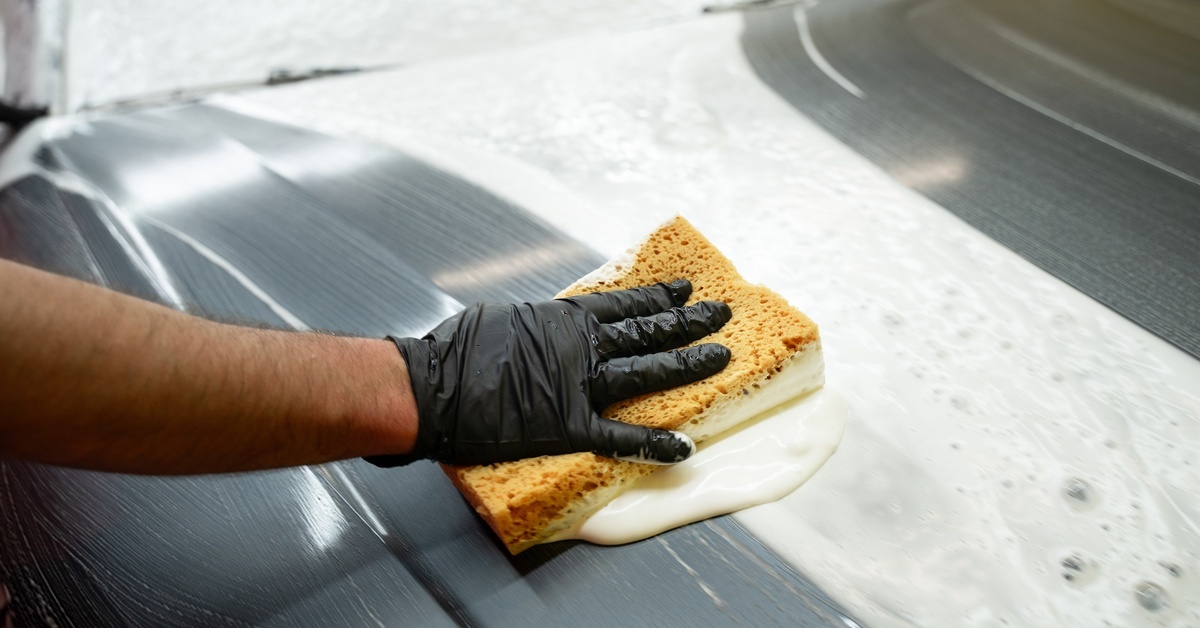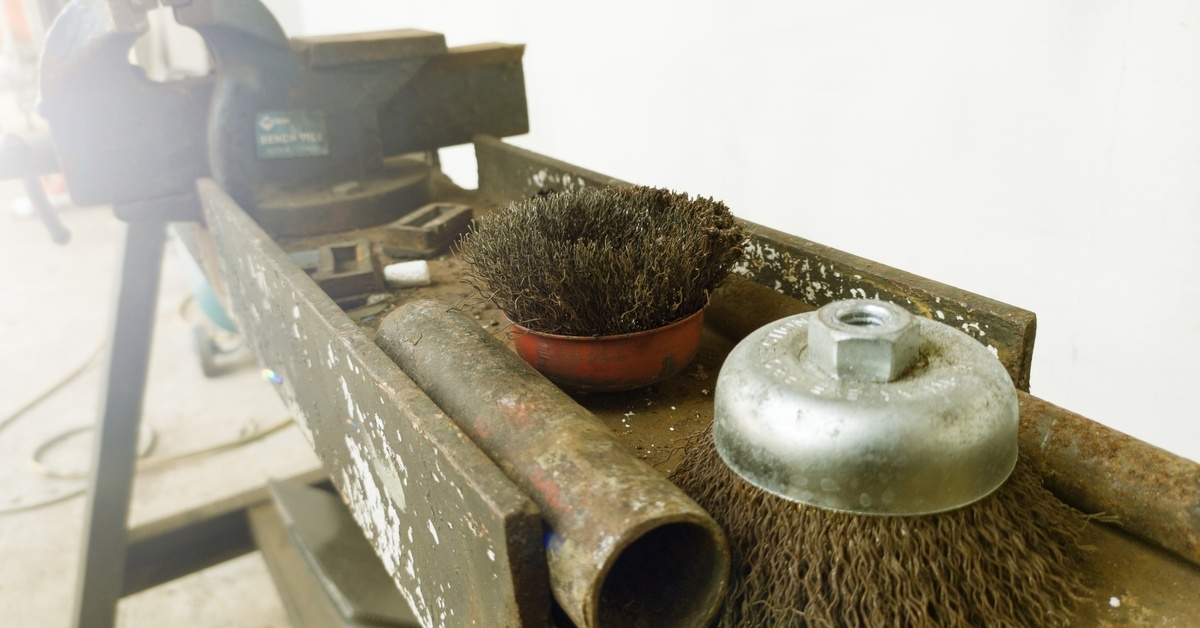Manufacturing operations face mounting pressure to strike a balance between operational efficiency and environmental responsibility. Modern facilities require cleaning solutions that match traditional performance while meeting stricter regulatory standards and corporate sustainability goals. Green manufacturing initiatives promote innovation in cleaning technology, resulting in products that safeguard machinery and the environment.
The advances in cleaners and degreasers for green manufacturing represent a transformative shift in how industries approach equipment maintenance and facility cleanliness. Here's a quick look at why opting for greener choices is worth considering.
Bio-Based Formulations Transform Industrial Cleaning
Bio-based cleaners utilize renewable resources, such as plant oils, corn derivatives, and soy-based compounds, to create effective cleaning solutions. These formulations match or exceed the cleaning power of petroleum-based products while offering superior biodegradability. Manufacturers derive these ingredients from abundant agricultural sources, reducing dependence on finite fossil fuel resources.
The chemistry behind plant-based cleaners centers on natural surfactants that effectively break down grease and grime. These molecules work by reducing surface tension, allowing cleaning agents to penetrate stubborn deposits. Unlike traditional petroleum-based surfactants, plant-derived alternatives break down naturally in wastewater treatment systems.
Enzyme Technology Targets Specific Contaminants
Advanced enzyme formulations provide targeted cleaning action for specific types of industrial contamination. Protease enzymes break down protein-based deposits, while lipase enzymes target fat and oil residues. Amylase enzymes handle starch-based contamination, which is common in food processing facilities.
These biological catalysts work at lower temperatures than conventional cleaners, reducing energy consumption during cleaning operations. Enzymes remain active for extended periods, providing ongoing cleaning action that traditional chemicals cannot match.

Water-Based Technologies Eliminate Solvent Hazards
Water-based cleaners eliminate volatile organic compounds (VOCs) that pose health risks to workers and contribute to air pollution. These formulations rely on advanced surfactant chemistry to achieve cleaning performance traditionally requiring harsh solvents. Manufacturing facilities benefit from improved indoor air quality and reduced ventilation requirements.
The transition to water-based systems also simplifies waste disposal procedures. Traditional solvent-based cleaners require hazardous waste handling protocols, while water-based alternatives can often be processed through standard wastewater treatment systems. This change reduces disposal costs and simplifies regulatory compliance.
Advanced Surfactant Chemistry Maintains Performance
Modern water-based cleaners incorporate sophisticated surfactant blends that provide excellent degreasing performance without environmental drawbacks. These molecules arrange themselves at oil-water interfaces, breaking apart grease deposits through emulsification rather than dissolution.
Multiple surfactant types work synergistically in these formulations. Anionic surfactants provide primary cleaning action, while nonionic surfactants prevent the redeposition of contaminants that have been removed. Amphoteric surfactants offer compatibility with a wide range of pH levels and water conditions.
Key Performance Benefits Include:
- Effective grease removal at ambient temperatures
- Compatibility with automated cleaning systems
- Reduced rinsing requirements
- Extended equipment service intervals
Electrolyzed Water Creates Chemical-Free Solutions
Electrolyzed water uses electricity to convert saltwater into cleaning and disinfecting solutions. It produces hypochlorous acid for disinfection and sodium hydroxide for cleaning, replacing chemical cleaners and offering better effectiveness. Hypochlorous acid provides strong antimicrobial action, while sodium hydroxide removes grease and organic deposits. Both solutions break down into saltwater, leaving no environmental impact.
Manufacturing facilities that adopt e-water systems experience significant decreases in chemical purchase expenses and storage needs. The system creates cleaning solutions as needed, eliminating concerns about stock management and reducing the risk of chemical spills or exposure.
Energy-Efficient Low-Temperature Cleaning
Modern green cleaners work effectively at temperatures as low as 60°F, compared to traditional products that require temperatures of 140°F or higher. This reduction in operating temperatures translates to substantial energy savings in manufacturing facilities that previously relied on heated cleaning systems.
Specialized surfactant formulations maintain cleaning effectiveness at lower temperatures by increasing molecular activity and penetration ability. These molecules remain active in cold conditions, breaking apart contamination that would require hot water with conventional cleaners.
Cost Savings Through Operational Efficiency
Lower temperature cleaning helps cut energy costs, minimizes equipment wear, and reduces maintenance needs. When steam generation systems operate at lower temperatures, they experience less strain, which enhances their longevity and reduces replacement costs.
The machinery also benefits from less thermal stress, avoiding the damage caused by repeated heating and cooling cycles that lead to metal fatigue and seal deterioration. Overall, this approach yields fewer equipment failures and longer maintenance intervals.
Regulatory Compliance and Safety Advantages
Environmental regulations continue evolving toward stricter limits on chemical emissions and waste disposal. Green cleaning products enable manufacturing facilities to stay ahead of regulatory changes while avoiding costly retrofits and compliance violations.
Many green cleaners qualify for EPA Safer Choice certification, demonstrating their environmental and safety advantages. This certification streamlines regulatory reporting and assures customers and stakeholders regarding ecological responsibility.
Worker Health Protection
Traditional industrial cleaners expose workers to harmful chemicals through inhalation, skin contact, and accidental ingestion. Green alternatives eliminate these health risks while maintaining cleaning effectiveness. Manufacturing facilities report a reduction in workers' compensation claims and improved employee satisfaction after transitioning to safer cleaning products.
The reduced need for personal protective equipment (PPE) when using green cleaners also lowers operational costs and improves worker comfort. Employees can perform cleaning tasks without extensive protective gear, increasing productivity and job satisfaction.

Implementation Strategies for Manufacturing Facilities
Manufacturing facilities can implement green cleaning technologies through phased transitions, minimizing disruptions to operations. Starting with non-critical applications allows evaluation of performance and worker acceptance before expanding to primary production areas.
Pilot programs help identify the most suitable products for specific applications. Different manufacturing processes require different cleaning approaches, and testing ensures optimal performance matches facility requirements.
Training and Support Requirements
Successful implementation requires comprehensive training for workers on new cleaning procedures and products. Green cleaners may require different application techniques or dilution ratios compared to traditional products. Proper training ensures maximum effectiveness and prevents waste or misuse.
Equipment suppliers typically provide technical support during transitions, helping optimize cleaning procedures and troubleshoot any performance issues. This support ensures smooth implementation and rapid achievement of performance goals.
Adopt Green Cleaning
Manufacturing facilities recognize that industrial grease cleaners and environmentally responsible cleaning solutions represent the future of industrial maintenance. Green cleaning technologies are essential in modern manufacturing due to their performance, safety, and environmental benefits.
Leverage these advances in cleaners and degreasers for green manufacturing to build sustainable industrial practices. Browse our industrial grease cleaners and make your facility greener today.

